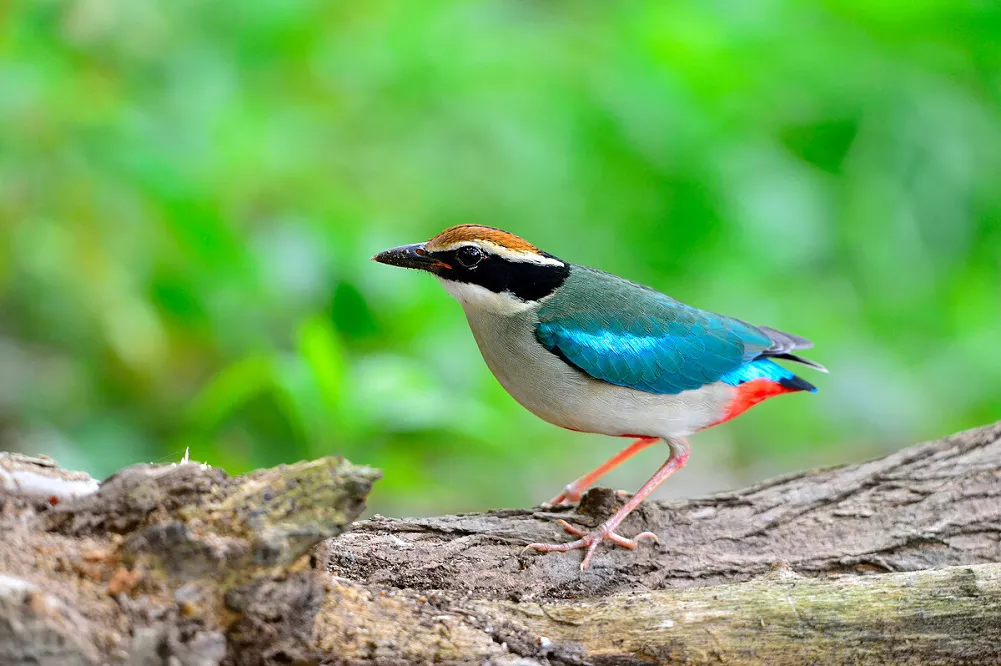The fairy Pitta (Pitta nympha) is a small, brightly colored bird that inhabits the forests and woodlands of Asia. Its vibrant plumage and energetic behavior have made it a popular symbol of good fortune and happiness in many cultures throughout its range. In this article, we will explore the various meanings and interpretations associated with the fairy Pitta.
In Japan, the fairy Pitta is known as the “Bird of Joy” or “Kobato.” It is believed to bring good luck, happiness, and prosperity to those who see it. The bird’s colorful feathers and lively movements are seen as a reflection of the joyful, carefree spirit that is revered in Japanese culture. According to Japanese folklore, the fairy Pitta was once a divine messenger sent by the gods to spread happiness and hope to people in need.
In Taiwan, China, the fairy Pitta is known as the “Seven Color Bird” or “Qi Se Niao.” Its vibrant feathers are seen as a symbol of the island’s rich cultural heritage and biodiversity. The bird’s appearance is often associated with good fortune and prosperity, and its arrival is eagerly anticipated by locals who see it as a sign of good things to come.
In mainland China, the fairy Pitta is known as the “Rainbow Bird” or “Cai Hong Niao.” Its colorful plumage and energetic behavior are seen as a representation of vitality, good health, and long life. The bird is often depicted in Chinese art and literature as a symbol of beauty, elegance, and grace.
In Hinduism, the fairy Pitta is associated with the goddess Saraswati, who is revered as the goddess of knowledge, music, and the arts. The bird’s melodious song and graceful movements are seen as a reflection of the goddess’s divine attributes, and its appearance is considered a blessing from the gods.
Overall, the fairy Pitta symbolizes a variety of positive attributes across different cultures and traditions, including joy, good luck, prosperity, beauty, and grace. Its bright plumage and energetic behavior have captivated people’s imaginations for centuries, and it continues to inspire admiration and awe in those who have the privilege of encountering it in the wild.


 Facebook
Facebook  Instagram
Instagram  Youtube
Youtube 